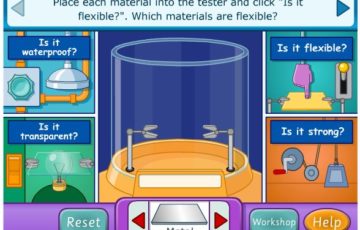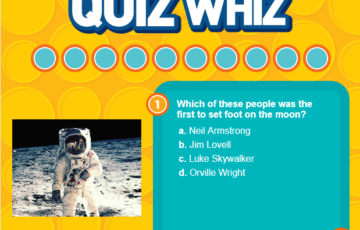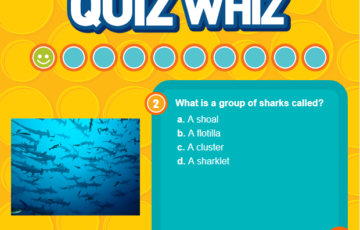What are Bacteria?
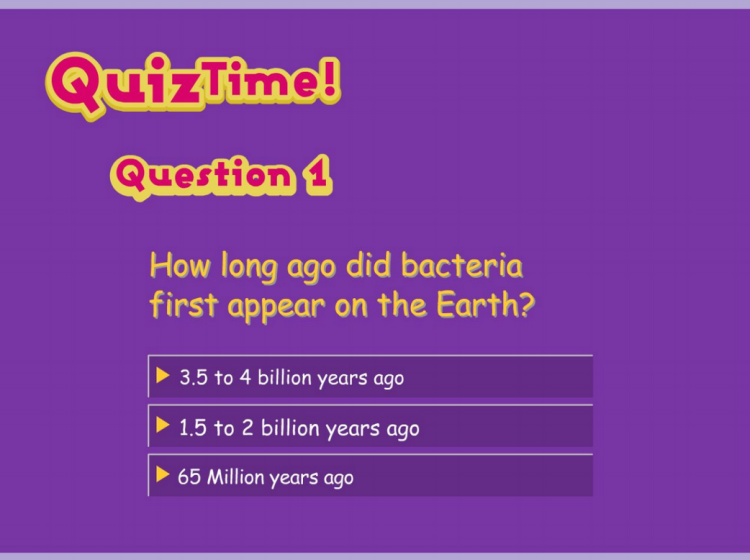
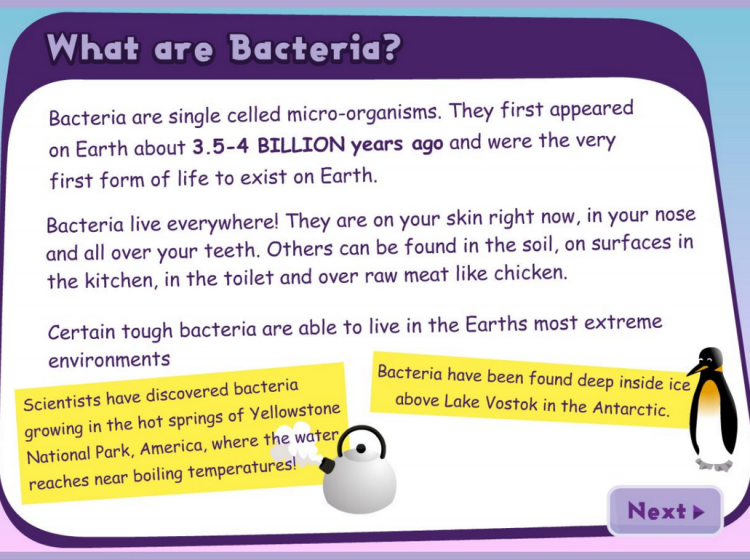
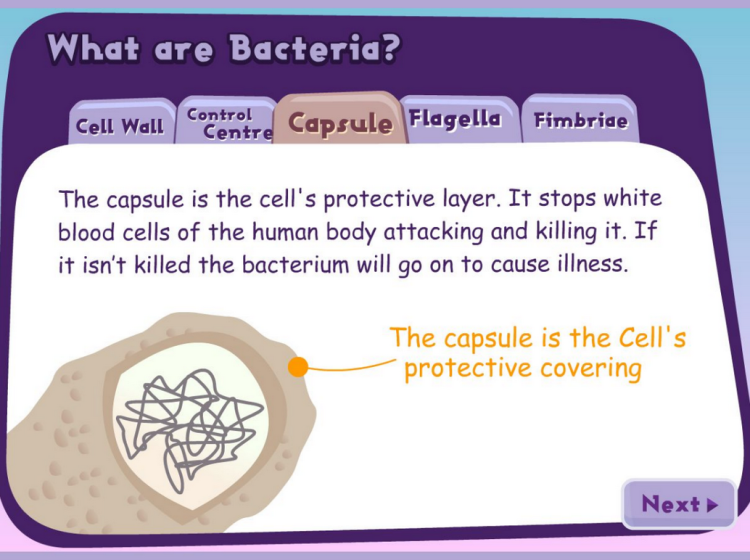
Do you know flagella from fimbriae? The cell wall from the capsule? Step through the animation to learn about bacteria and then test yourself with a quiz.
Requires Adobe Flash Player.
Are you a teacher or parent?
If you've found this resource useful, you can share it here, and browse any additional teaching materials for this resource.
Key terminology
Bacteria, cell, microorganism, nucleus, cell membrane, cytoplasm, cell wall, flagella, DNA
Common misconceptions
Bacteria are little animals.
Bacteria are only found in dirty places.
Scientific explanations
Bacteria are single cell microorganisms and they are found everywhere.
N.B. I am concerned by one statement the animation makes:
“DNA is known as the brain or control centre of the cell because it controls what the cell does.”
Strictly, DNA is a code that controls what (proteins) the cell makes and therefore does. I don’t like the reference to a brain because it is misleading – children might interpret this to mean that bacteria can think. Important that this does not introduce a misconception.
Screen – what it does/how to use it
Click to move through an animation which explains what bacteria are.
Followed by a quiz (with feedback) to test yourself.
Teacher interventions
- Use in main teaching input to show the structure of cell and bacteria.
- Use for children’s research. Stop at screen showing bacteria – can children explain what the different parts do before clicking on the tabs at the top of the screen to find out?
- Use quiz in plenary to determine knowledge.
Related lesson plans / class activities
- Grow bacteria on agar in petri dishes: sample swabs from mouth, hand, table etc..
Also teachers could refer to e-bug pack:
http://www.e-bug.eu/lang_eng/primary_pack/downloads/UK%20Junior%20Pack%20Complete.pdf
includes lots of ideas & lesson plans for teachers of KS2
Links to related resources
http://www.bbc.co.uk/bitesize/ks2/science/living_things/microorganisms/read/1/
lots of information to read about microoganisms
http://www.bbc.co.uk/bitesize/ks2/science/living_things/microorganisms/play/
Activity – children decide whether pictures of bacteria are harmful or helpful
http://www.bbc.co.uk/bitesize/quiz/q29881267
multiple choice quiz with feedback after scoring
Picture examples of bacteria



 QUICK
QUICK
 MEDIUM
MEDIUM LONG
LONG





